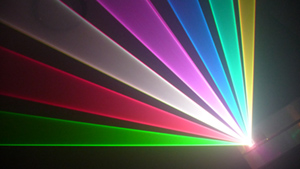umm this is a difficult one to anwser?
yes it was a tad brighter (the actual dot) it was slight lighter than when not running the TEC.
but i wouldnt say there was like a big noticable difference.
the diode has been running for a total of 7 hours today at 300mw. still going strong



 Reply With Quote
Reply With Quote




